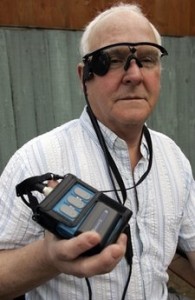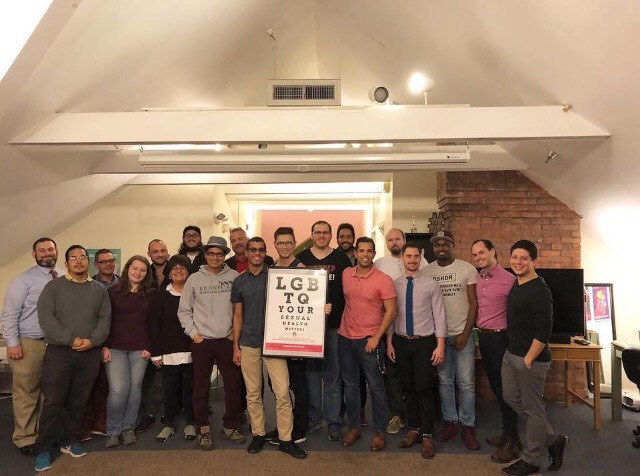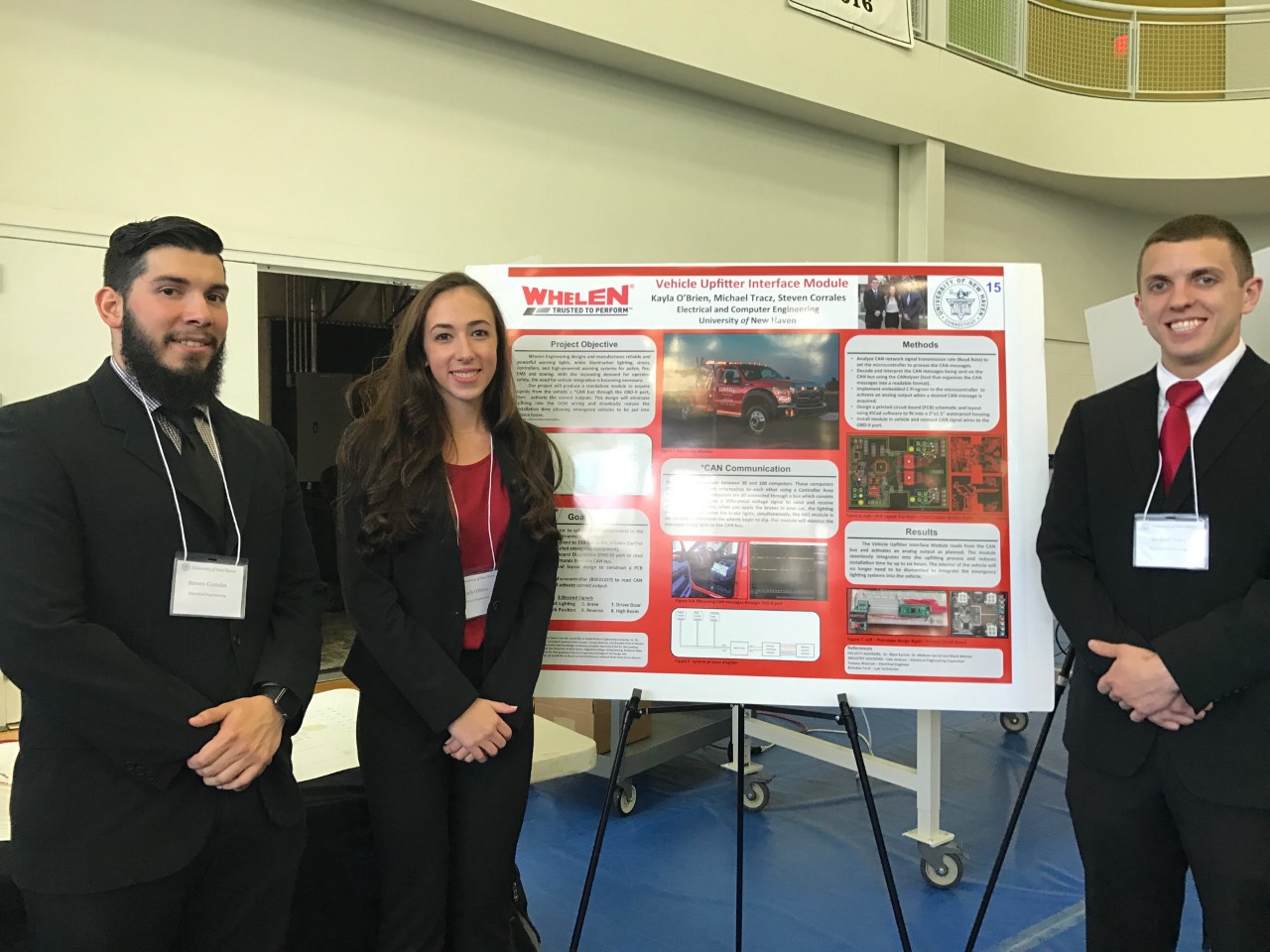Until a year ago, Eric Selby had been completely blind for two decades and was dependent on a guide dog to get

around. However, after getting an artificial retina implanted into his eye, he can now detect shapes and shades of black, white, and gray. While only 40 people have gotten this treatment so far, it is a small step to bringing sight to the blind. How the artificial retina works and what it can do for the patient is equally interesting.
A U.S. based company called Second Sight, who is currently waiting to see if Dutch regulators will accept their request to market the device in the European Union, designed the artificial retina. They are also in negotiations with the U.S. Food and Drug Administration to determine the test needed to secure the implants approval in the United States. Currently, the implant is only intended for people with specific types of sight problems, whose optic nerves are still working, and have previously been able to see. This means that people who are born blind will not be able to get this treatment. However, even with this limitation, one in every 3,000 people are blind due to these groups of hereditary diseases.
Shelby, who got the artificial implant called the Argus II, said that, “It’s basically flashes of light that you have to translate in your brain, but it’s amazing I can see anything at all.” The way that the impact works is with a small video camera, a transmitter in glasses, and a small wireless computer. The computer processes images, and converts them into an electric signal that is sent to the implant. After this, the images move to the brain, where it is then translated into patterns of light.
Shelby, like other patients, needed to learn how to interpret the flashes of lights received into something she could understand. The senior director of European Operations at Second Sight said that the implants are not meant to replace guide dogs, but may help patients with daily tasks. Experts say that future implants may even restore sight enough to make some patients self-sufficient. However, they doubt the technology will ever be able to match normal human vision.
This advance is incredible, as Daniel Palanker, who works at Stanford University, describes, “The device is currently very crude, but it’s impressive that some patients have been able to read large fonts. It’s just remarkable that we’ve gone from having no cure for blindness to a situation where we can restore sight to some extent.”
The only problem with the Argus II now is the large price tag of $100,000. This makes it difficult for an average person to buy, but in Britain, the National Health Service sometimes pays for expensive new technologies for a small number of patients. If Second Sight is able to get the implant approved for sale in the European and America markets, it may open doors and lower the price for an average person.
Only time will tell where this technology will be ten years down the road. There could be extreme advances, or the companies may have only progressed a few steps. Regardless, Second Sight is not the only company that is trying to improve the lives of citizens who are blind. It is extremely possible that progress like this will someday be on the same level as the cochlear implant for the deaf. Twenty years ago, they were just getting started, and now some patients are even able to make telephone calls. Society can only be hopeful that the retina implants will yield similar results.








